During our "aerial overflight" of Beijing in class on Monday, we discussed the “Bird’s Nest” and other venues built for the 2008 Olympic Games. A great article from NPR explores what's happened at this former landmark, which has seen various failed schemes and dwindling numbers of visitors:
China's Post-Olympic Woe: How To Fill An Empty Nest (NPR)
Our class also considered the investment into this single building. The stadium's management estimates it will take 30 years to pay back the construction costs of 3 billion yuan ($480 million). To this day, the Bird's Nest has no regular tenant, requires $11 million each year to maintain (The Atlantic), and suffers from air pollution damage as well. These types of vanity projects are often called "white elephants" which The Los Angeles Times defines as "a big, expensive building that no longer serves a purpose."
China's Post-Olympic Woe: How To Fill An Empty Nest (NPR)
Our class also considered the investment into this single building. The stadium's management estimates it will take 30 years to pay back the construction costs of 3 billion yuan ($480 million). To this day, the Bird's Nest has no regular tenant, requires $11 million each year to maintain (The Atlantic), and suffers from air pollution damage as well. These types of vanity projects are often called "white elephants" which The Los Angeles Times defines as "a big, expensive building that no longer serves a purpose."
The rest of the Olympic venues are suffering far more. There's a sharply-worded photo series here that shows the contrast between the various Olympic buildings at their height of glory in 2008 and the state of disrepair they've fallen into today. (The original Reuters album of "abandoned venues" photos has more detailed captions, with less snark.)
Caixin, an investigative publication in China, also has a good synopsis on Empty Nest Syndrome for Post-Olympics Beijing (Caixin), which delves into the financial structure of running the Bird's Nest today, which only sporadically hosts events. Some visitors may think it was worth it to build a landmark, but others are annoyed at the resources expended on the effort, which continues to drain coffers today.
Finally, we covered national investment into Olympic Games infrastructure and mentioned why paying for the whole shebang usually isn’t a good deal. Most examples in recent history show this as a poor investment for cities—see another article from an economics professor at Smith for the key "promises" of Olympics that almost never materialize—yet cities keep lining up to host these global events. One reason why is that they are popular with the public, despite their cost. (On the other hand, the World Cup provoked significant protests this year by people upset at lavish spending on stadiums while public services, especially for the poor and marginalized, remained underfunded.)
While there may be symbolic value in "coming out" to the world, particularly for China in 2008, the hollow shells that litter Beijing take on their own symbolism in today's urbanizing environment. For whom were these built, and what is left over after the rest of the world moves on?
As a bonus, here are some photos I took of the Bird's Nest under construction in 2007—a time when Facebook was not yet blocked in China.
—KH
While there may be symbolic value in "coming out" to the world, particularly for China in 2008, the hollow shells that litter Beijing take on their own symbolism in today's urbanizing environment. For whom were these built, and what is left over after the rest of the world moves on?
As a bonus, here are some photos I took of the Bird's Nest under construction in 2007—a time when Facebook was not yet blocked in China.
—KH
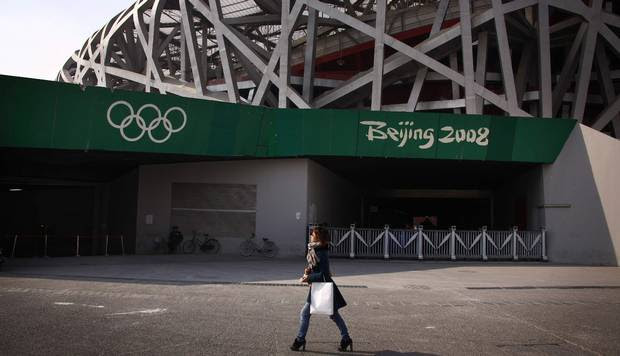
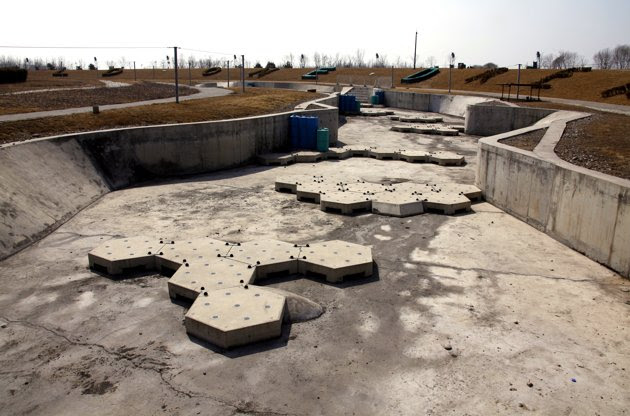
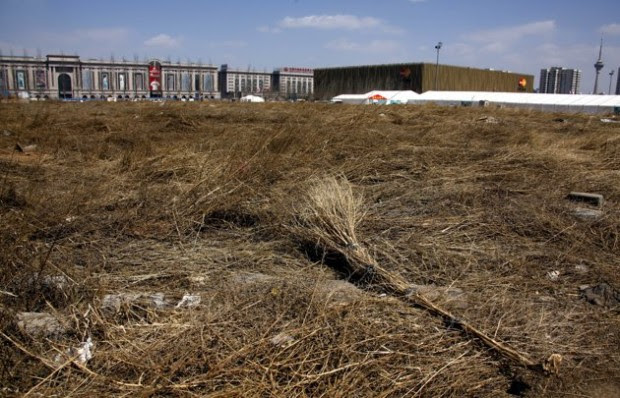
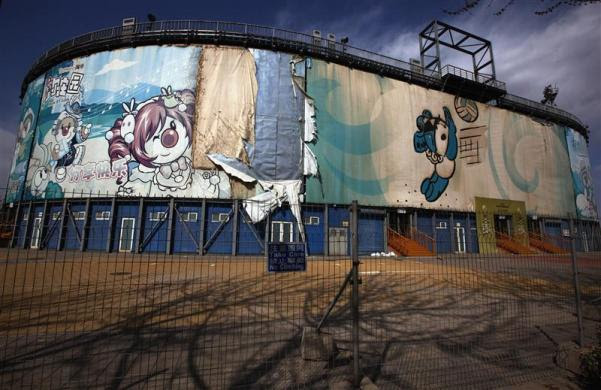
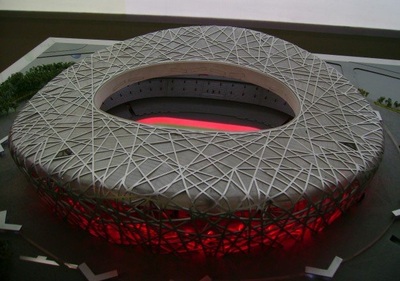
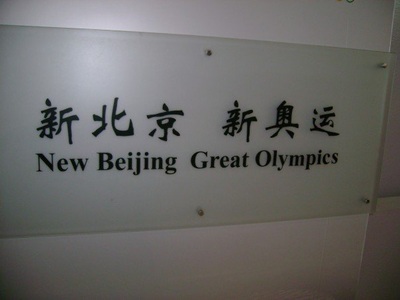
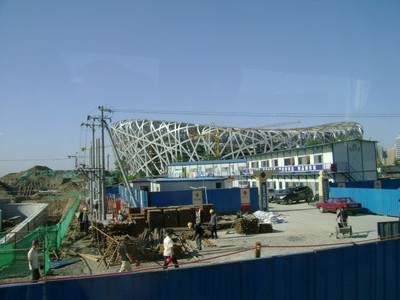
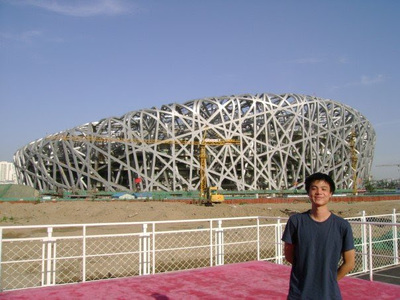
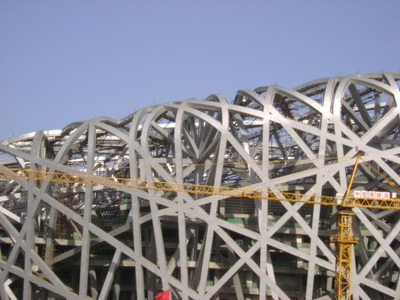
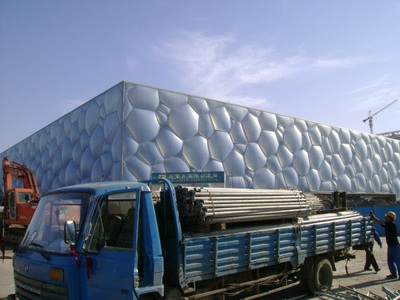
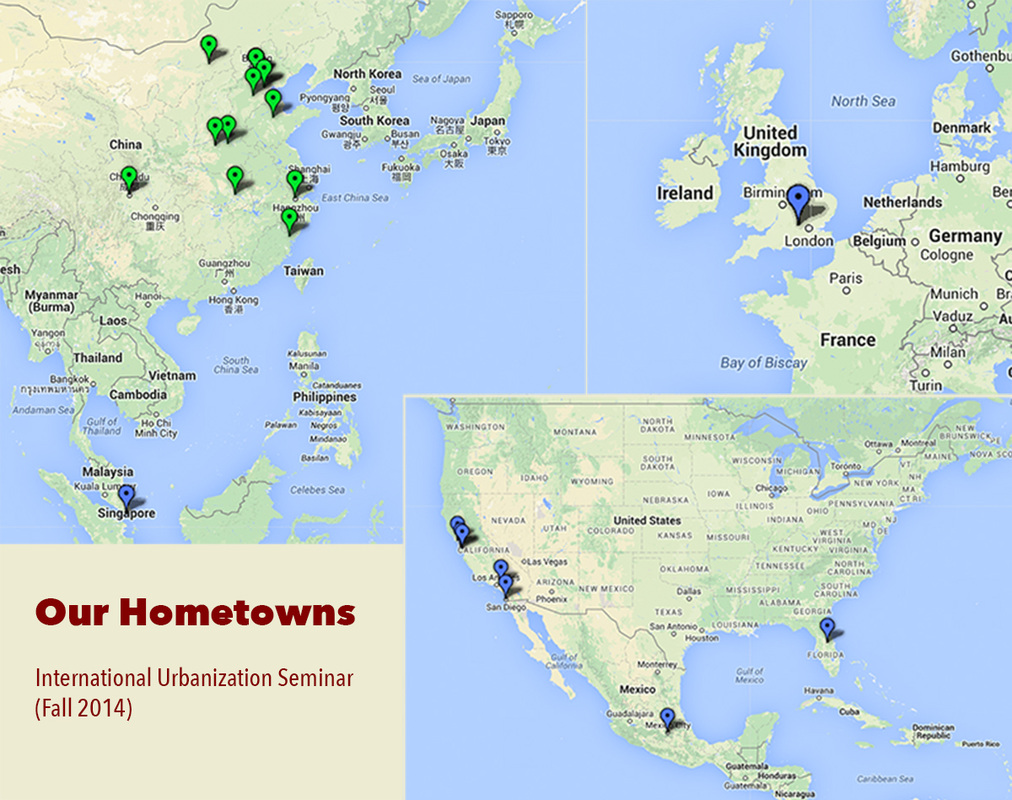

 RSS Feed
RSS Feed
